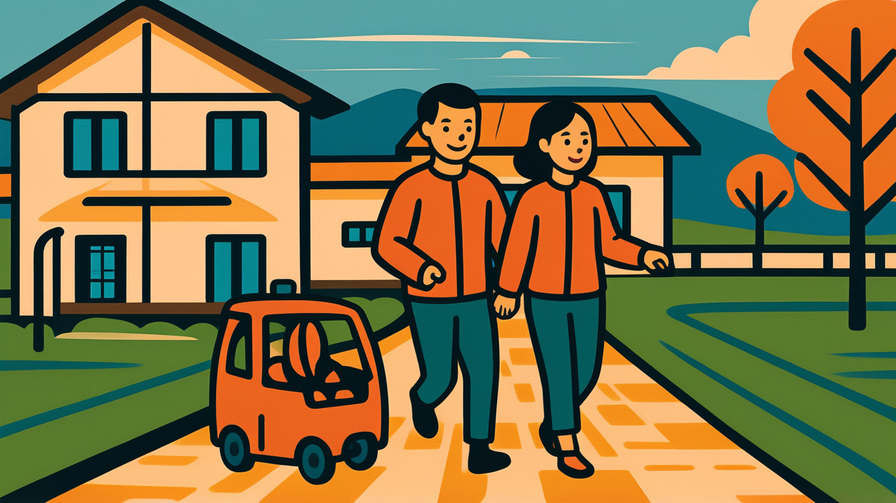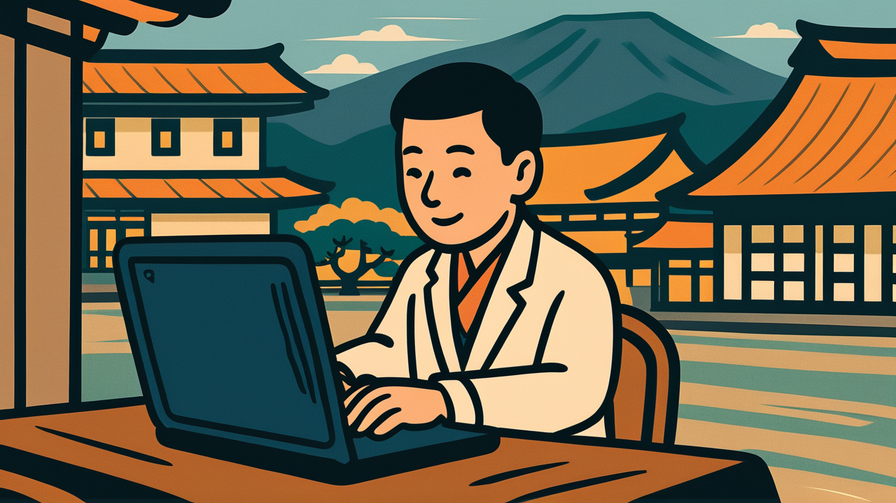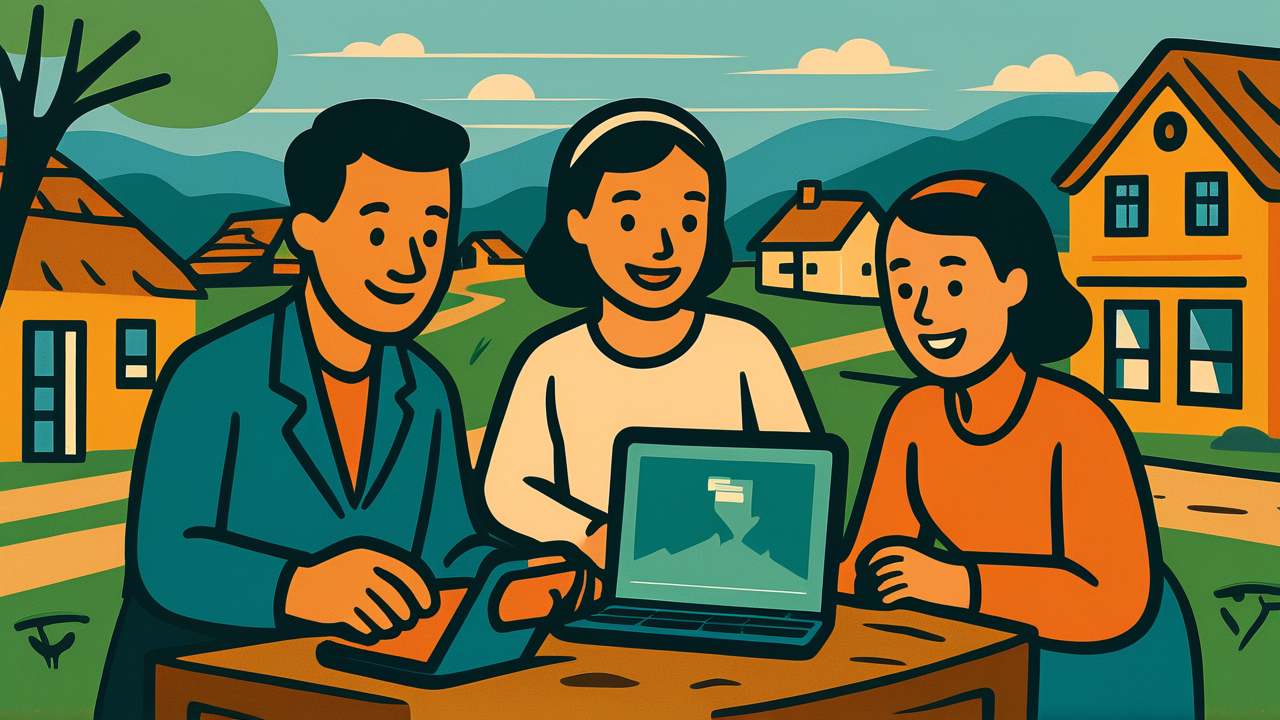[Disclaimer] This article is reconstructed based on information from external sources. Please verify the original source before referring to this content.
News Summary
The following content was published online. A translated summary is presented below. See the source for details.
Japan has launched an ambitious program called the “Digital Garden City Nation Concept” to revitalize rural communities using cutting-edge technology. With young people fleeing to cities and rural towns facing extinction, the government is investing billions of yen to transform countryside areas into smart, connected communities that offer the same conveniences as cities while preserving their natural beauty and traditional culture. The initiative provides grants to local governments implementing digital solutions like telemedicine, online education, autonomous farming, and remote work infrastructure. Success stories include Asahi Town in Toyama, where elderly residents use tablets for health monitoring, and Aizu-Wakamatsu City, which became Japan’s first “smart city” with sensors managing everything from snow removal to tourist flows. The program emphasizes “Well-Being” – measuring success not just by economic growth but by residents’ happiness and quality of life. By 2034, Japan aims to create hundreds of these digital garden cities where people can enjoy nature, community, and tradition without sacrificing modern conveniences. The initiative represents one of the world’s largest experiments in using technology to solve rural depopulation.
Source: Digital Agency Japan
Our Commentary
Background and Context

Picture your favorite small town slowly becoming a ghost town as all the young people move away. That’s happening across rural Japan, where some villages have more scarecrows than people. Over 40% of Japan’s municipalities risk disappearing by 2040 as populations age and youth migrate to Tokyo, Osaka, and other megacities.
The “Digital Garden City” concept aims to reverse this trend by making rural life as convenient and exciting as city living. The name combines “digital” (technology) with “garden city” (beautiful, livable communities with nature). It’s like upgrading a classic car with modern features while keeping its vintage charm.
Expert Analysis
Japan’s approach differs from simple urbanization. Instead of telling everyone to move to cities, they’re bringing city conveniences to the countryside. Smart agriculture lets farmers use drones and AI to manage crops, making farming attractive to tech-savvy youth. Telemedicine means grandparents can see specialists without traveling hours to city hospitals.
The focus on “Well-Being” rather than just GDP growth is revolutionary. Traditional development measured success by money alone. This program asks: Are people happy? Do they feel connected? Can they pursue their dreams? It recognizes that a good life involves more than high salaries – it includes clean air, tight communities, and cultural traditions.
Additional Data and Fact Reinforcement
The scale is massive. Japan allocated ¥500 billion (about $3.5 billion) for digital transformation grants, making it one of the world’s largest rural revitalization programs. Over 1,700 municipalities – nearly every local government in Japan – have applied for funding. Projects range from AI-powered bus systems that adjust routes based on demand to virtual reality classes connecting rural students with top teachers worldwide.
Early results are promising. Kamiyama Town in Tokushima transformed from a dying logging community to a tech hub after installing fiber-optic internet. Tech companies relocated there, attracted by nature and low costs. Young families followed, reversing decades of population decline. The local school, once facing closure, now has waiting lists.
Related News
This trend extends globally. Estonia leads Europe in digital government services, allowing citizens to do everything online except marry or divorce. South Korea’s “Smart Village” program brings 5G to farming communities. Even in the U.S., the pandemic proved many jobs can be done remotely, sparking rural revival in states like Montana and Vermont.
Climate change adds urgency. Cities produce 70% of global carbon emissions. Spreading populations more evenly while maintaining modern lifestyles could significantly reduce environmental impact. Digital garden cities offer a model for sustainable development.
Summary

Japan’s Digital Garden City initiative represents a bold experiment in using technology to preserve traditional communities while making them attractive to young people. By focusing on quality of life rather than just economic metrics, it offers a new model for development. For students considering their futures, this opens possibilities: you might not have to choose between career success and living somewhere beautiful – technology could let you have both.
Public Reaction
Young Japanese express growing interest in rural life if technology enables remote work and modern amenities. Elderly rural residents initially skeptical of technology now embrace tablets and smartphones for staying connected with urban grandchildren. Tech workers report higher life satisfaction after relocating from Tokyo to digital garden cities. Some worry about losing rural authenticity to development.
Frequently Asked Questions
Q: What makes a “digital garden city” different from a regular town?
A: Digital garden cities use technology to provide urban-level services (fast internet, telemedicine, online education) while preserving rural charm and nature. Think of it as having Instagram-worthy scenery with Instagram-ready internet speeds.
Q: Could this concept work in other countries?
A: Yes! Any country with rural depopulation could adapt this model. The key is investing in digital infrastructure and creating incentives for businesses and young people to relocate.
Q: What jobs exist in these digital rural areas?
A: Remote work in tech, finance, and creative fields; modernized agriculture using drones and AI; tourism and hospitality enhanced by apps; and new jobs in renewable energy and environmental conservation.


